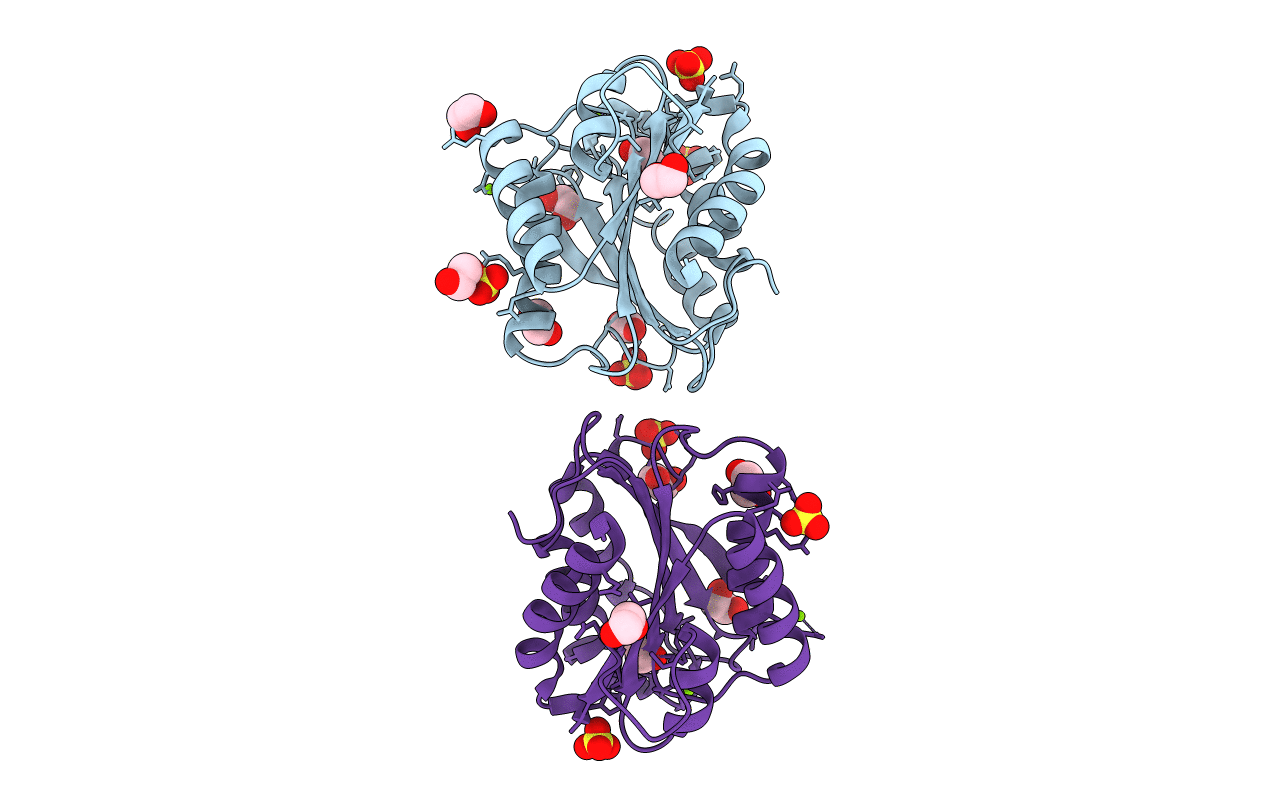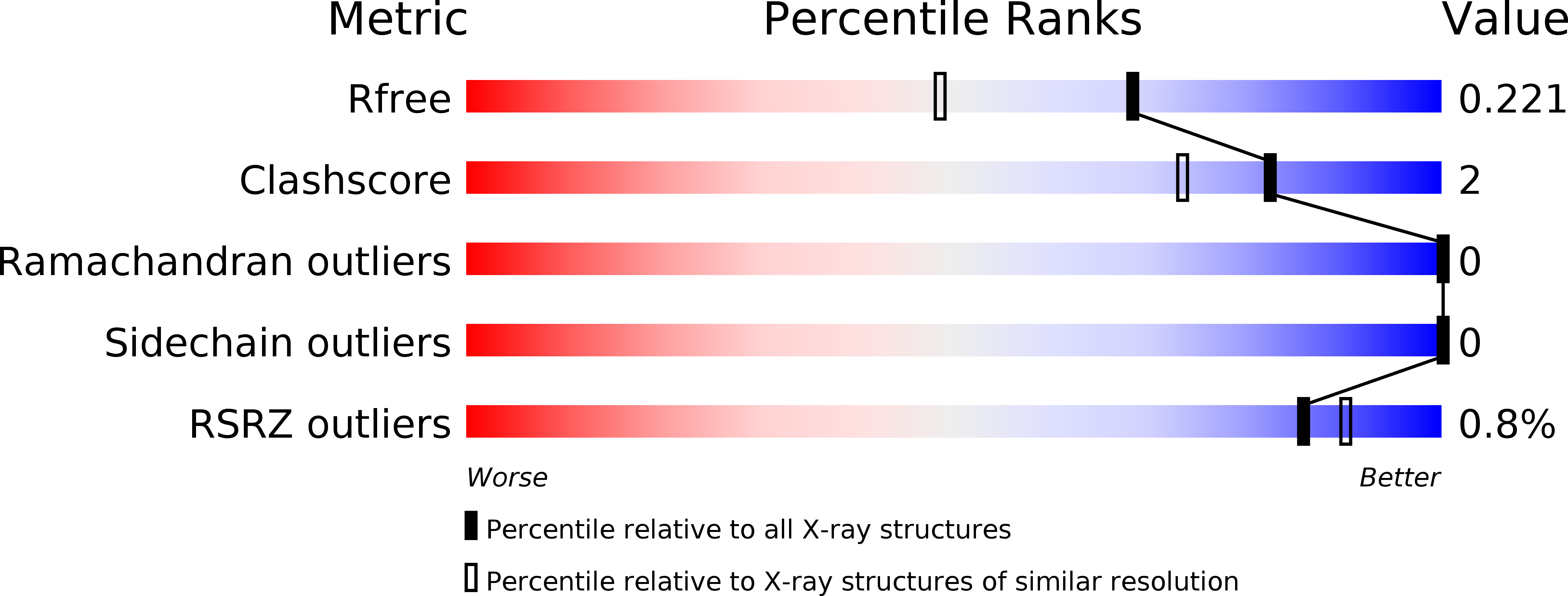
Deposition Date
2012-05-07
Release Date
2013-01-30
Last Version Date
2024-11-06
Entry Detail
PDB ID:
4F1J
Keywords:
Title:
Crystal structure of the MG2+ loaded VWA domain of plasmodium falciparum trap protein
Biological Source:
Source Organism:
Plasmodium falciparum (Taxon ID: 5833)
Host Organism:
Method Details:
Experimental Method:
Resolution:
1.73 Å
R-Value Free:
0.21
R-Value Work:
0.17
R-Value Observed:
0.17
Space Group:
P 43 21 2


